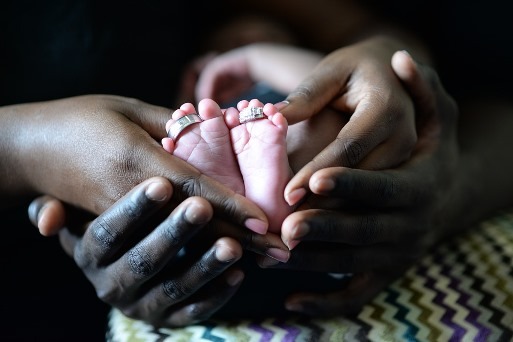INVITRO FERTILIZATION (IVF)
40 years ago, Louise Brown, the world’s first IVF baby was born; with her birth came a revolution – one that has helped couples and individuals all around the world since then overcome infertility challenges and achieve their dreams of parenthood.
In this post, we will shed light on IVF and some of the lingering questions you might have.
Let us start with how conception takes place naturally.
For a woman to get pregnant, a man’s sperm, must travel from the vagina through the cervix (narrow, lower part of the womb), into the uterus (womb) and up into one of the fallopian tubes. If the sperm arrives in the tubes soon after the release of the egg from the ovary (ovulation), the sperm and egg can meet in the tube, most commonly, on the side that ovulation took place, and then fertilization may occur.
WHAT THEN IS IVF?
In-Vitro Fertilization (IVF) is a method of assisted reproduction that involves combining an egg with sperm in a laboratory dish. If the egg is fertilized and begins cell division, the resulting embryo is transferred into the woman’s uterus where it will hopefully implant in the uterine lining and further develop. Today, IVF is used to treat many causes of infertility, such as endometriosis and male factor, or when a couple’s infertility is unexplained.
HOW DOES IT WORK?
The basic steps in an IVF treatment cycle are ovarian stimulation, egg retrieval, fertilization, embryo culture, and embryo transfer. These are discussed in the following sections.
- OVARIAN STIMULATION
During ovarian stimulation, also known as ovulation induction, medications or ‘fertility drugs’, are used to stimulate multiple eggs to grow in the ovaries rather than the single egg that normally develops each month. Multiple eggs are stimulated because some eggs will not fertilize or develop normally after fertilization. Generally, 8 to 14 years of stimulation are required.
- EGG RETRIEVAL
Egg retrieval is a minor surgical procedure that can be performed in the physician’s office or an outpatient centre. An ultrasound probe is inserted into the vagina to identify the follicles, and a needle is guided through the vagina and into the follicles. The eggs are removed from the follicles through the needle connected to a suction device. Removal of multiple eggs can usually be completed in less than 30minutes.
- FERTILIZATION AND EMBRYO CULTURE
After the eggs are retrieved, they are examined in the laboratory for maturity and quality. Mature eggs are placed in an IVF culture medium and transferred to an incubator to await fertilization by the sperm.
Fertilization may be accomplished by insemination, where motile sperm is placed together with the oocytes and incubated overnight or by intracytoplasmic sperm injection (ICSI) where a single sperm is directly injected into each mature egg.
- EMBRYO TRANSFER
The next step in the IVF process is the embryo transfer. The physician identifies the cervix using a vaginal speculum. One or more embryos suspended in a drop of culture medium are drawn into a transfer medium (a long, thin sterile tube) with a syringe on one end. The physician gently guides the tip of the transfer catheter through the cervix and places the fluid containing the embryos into the uterine cavity. The procedure is usually painless, although some women experience pain and mild cramping.
WHEN SHOULD YOU END TREATMENT?
Many factors should be considered when determining the appropriate endpoint in therapy. Members of the IVF team can help couples decide when to stop treatment and discuss other options if appropriate.
Text partly culled from 360 fertility

